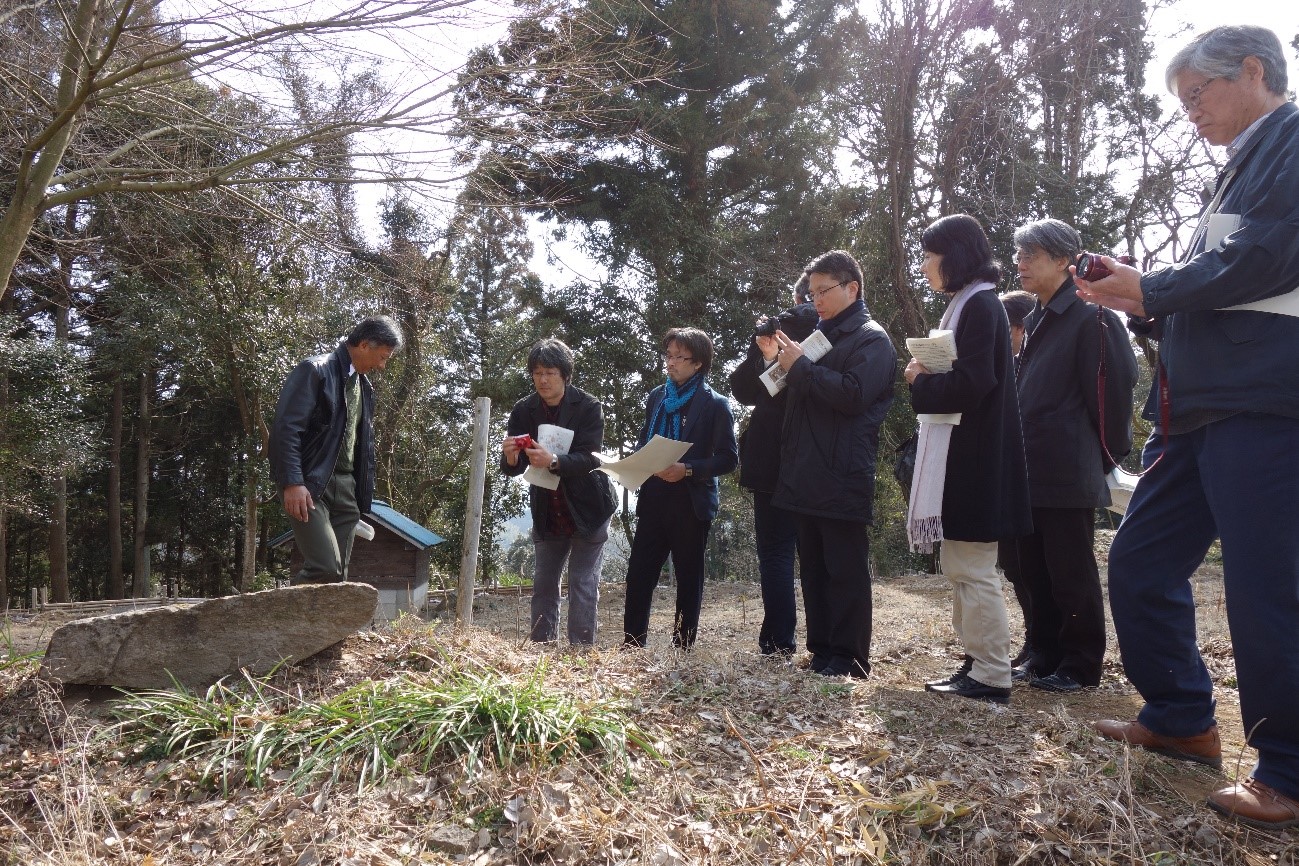No.012 - Research, Conservation and Utilization of the Marega Collection Preserved in the Vatican Library
Research, Conservation and Utilization of the Marega Collection Preserved in the Vatican Library
Missionary Francis Xavier arrived in Japan about the middle of the 16th century. Xavier preached the gospel to the feudal lords known as daimyos in Japan. As a result, Christians grew in number among the daimyos. Otomo Sorin, who was based in the Bungo region (Oita Prefecture today), was one of those daimyos who protected Christian missionary activities. Bungo became a major base for the Christian mission in Japan with a church and a monastery built in Usuki. Missionary Luis Frois, who had spent four years in Bungo, described the passionate Christian missionary work and how faith was practiced in Usuki in his book, Nihonshi (History of Japan). An excavation also confirmed a Christian cemetery left in nearly perfect condition in the Shimofuji district of Usuki City.
In the Edo Period, Tokugawa shogunate issued the Kinkyo-rei (Edicts banning Christianity) and suppressed Christianity. Many Christians converted to Buddhism or became crypto-Christians as a result.
More than 10,000 ancient documents mainly on the Edo Period were discovered at the Vatican Apostolic Library of the Holy See in 2011. These documents were collected by Italian Father Mario Marega during his stay in Oita and Usuki in the 1930s and the 1940s. They represent one of the largest collections of historical materials on the Tokugawa shogunate controls over religions in the Edo Period. The National Institutes for the Humanities (NIHU) are advancing the classification of such documents and their studies in cooperation with the Vatican Library and the Oita Prefectural Government through NIHU Transdisciplinary Projects titled Research, Conservation and Utilization of the Marega Collection Preserved in the Vatican Library (hereinafter referred to as the “Marega Project”).
An open study meeting was held in Usuki City on March 5, 2017 under the sponsorship of the Marega Project. At the start of this meeting, Marega Project Representative Kazuo Otomo from the National Institute of Japanese Literature explained its aims. Following Otomo, Takashi Kanda from the Usuki City Board of Education delivered a report titled, “Controls over Christians Viewed from the Conditions of Christian Tombstones.” Kanda reported on controls over Christians in Usuki under the Edict against Christianity as reflected on the shapes of Christian tombstones in the Shimofuji district. The third speaker, Silvio Vita from Kyoto University of Foreign Studies, treated about Father Marega’s early years, his life in Japan and the effects repeated war experiences in his report titled, “Mr. Mario Marega’s Two Homes – What the Life of an Italian Missionary Tells Us.”
After these presentations, participants actively discussed the reality of religious controls over Christians in Usuki, where Christianity thrived, compared with that of Nagasaki.
Why did Christian tombs survive in almost perfect condition in the Shimofuji district under the strict ban on Christianity? How did the Usuki Domain consider those tombs? Deciphering the ancient documents collected by Marega, it is expected to elucidate the reality of religious controls by the Usuki Domain in the Edo Period.
It will be held the 30th NIHU Symposium titled, “Japanese Cultures Overseas – Thinking about the Values and Meanings of Materials Held Overseas,” an open symposium aimed at sharing the research results of Japan-Related Documents and Artifacts Held Overseas: NIHU International Collaborative Research and Utilization in NIHU Transdisciplinary Projects, including the Marega Project, with people in relevant regions, at the Nishijin Plaza of Kyushu University in Fukuoka City on June 3, 2017.

Shimofuji Christian cemetery in Notsumachi Usuki city, Oita Prefecture
